Details
Languages
English
Grade
9th, 10th, 11th, 12th
Resource Type
Activities, Interactives, Learning Centers
Product
Digital
Pages
30 Pages
Subject
Science, Biology
Standard
Next Generation Science Standards
Description
Embark on the Journey of Life: Exploring Fertilization, Development, and Pregnancy
Unlock the mysteries of life's incredible journey with our interactive Google Slides lesson. Dive deep into the wonders of fertilization, embryonic development, differentiation, and the stages of pregnancy, all while placing a special focus on the remarkable role of placental diffusion.
Why Choose Our Life Journey Lesson?
👶 Comprehensive Exploration: Delve into the intricate processes of life's inception, from gametes to the stages of pregnancy. Our lesson guides students through each step, fostering a profound understanding of the miracle of life.
👶 Interactive Engagement: Immerse your students in the learning experience with hands-on activities, simulations, and analogies. From simulating fertilization to unraveling the complexities of differentiation, our lesson keeps students engaged and eager to learn.
👶 Emphasis on Placental Diffusion: Shed light on the vital role of the placenta in nutrient exchange. Students gain insights into how molecules move across the placenta, enhancing their understanding of the nurturing environment within the womb.
👶 Real-World Mini Web-Quest: Encourage independent research and critical thinking with a mini web-quest. Students explore trusted sources to uncover the transformations occurring in both the pregnant person's body and the developing fetus across trimesters.
Empower Your Students:
Equip your students with the knowledge and insight to appreciate the beauty of life's beginnings. Our comprehensive lesson ensures that students gain a solid grasp of fertilization, development, and pregnancy, making complex concepts accessible and engaging.
Ignite Curiosity, Foster Understanding:
Transform your classroom into a hub of discovery with our Google Slides lesson. Download now and embark on a captivating journey through life's most extraordinary moments. Happy teaching!
To preview this product, highlight the link below and paste the address into your web browser.
https://docs.google.com/presentation/d/1KikgctaJ02qceX2SO_TT6eQ5QAoZVjaWxP0JLCegKY0/edit?usp=sharing
Unlock the mysteries of life's incredible journey with our interactive Google Slides lesson. Dive deep into the wonders of fertilization, embryonic development, differentiation, and the stages of pregnancy, all while placing a special focus on the remarkable role of placental diffusion.
Why Choose Our Life Journey Lesson?
👶 Comprehensive Exploration: Delve into the intricate processes of life's inception, from gametes to the stages of pregnancy. Our lesson guides students through each step, fostering a profound understanding of the miracle of life.
👶 Interactive Engagement: Immerse your students in the learning experience with hands-on activities, simulations, and analogies. From simulating fertilization to unraveling the complexities of differentiation, our lesson keeps students engaged and eager to learn.
👶 Emphasis on Placental Diffusion: Shed light on the vital role of the placenta in nutrient exchange. Students gain insights into how molecules move across the placenta, enhancing their understanding of the nurturing environment within the womb.
👶 Real-World Mini Web-Quest: Encourage independent research and critical thinking with a mini web-quest. Students explore trusted sources to uncover the transformations occurring in both the pregnant person's body and the developing fetus across trimesters.
Empower Your Students:
Equip your students with the knowledge and insight to appreciate the beauty of life's beginnings. Our comprehensive lesson ensures that students gain a solid grasp of fertilization, development, and pregnancy, making complex concepts accessible and engaging.
Ignite Curiosity, Foster Understanding:
Transform your classroom into a hub of discovery with our Google Slides lesson. Download now and embark on a captivating journey through life's most extraordinary moments. Happy teaching!
To preview this product, highlight the link below and paste the address into your web browser.
https://docs.google.com/presentation/d/1KikgctaJ02qceX2SO_TT6eQ5QAoZVjaWxP0JLCegKY0/edit?usp=sharing
Embark on the Journey of Life: Exploring Fertilization, Development, and Pregnancy Unlock the mysteries of life's incredible journey with our interactive Google Slides lesson. Dive deep into the wonders of fertilization, embryonic development, differentiation, and the stages of pregnancy, all... more
0
Overall review score
Displaying All Reviews | 0 Reviews
0
0%
0
0%
0
0%
0
0%
0
0%
More from this shop

5
(1)
$28.55
$28.55
-20% Off
$13.99
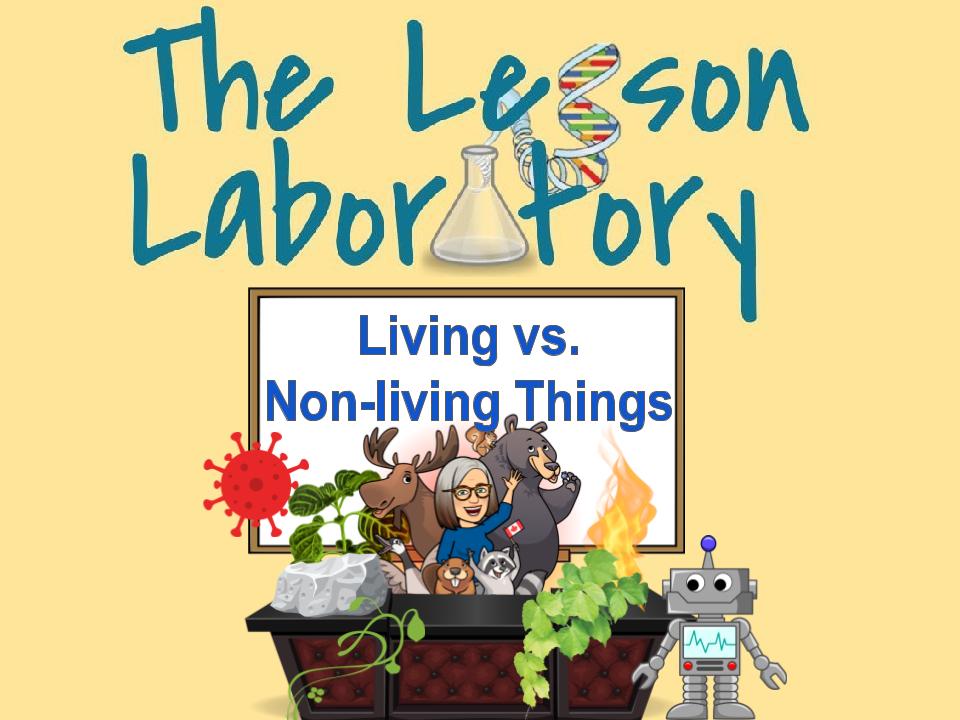
$6.79
$14.99

Free
$10.99
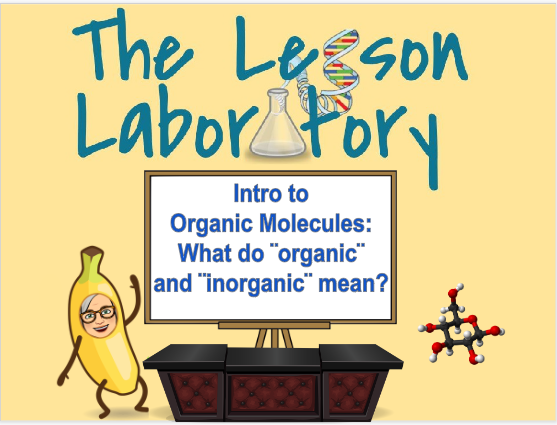
$6.99
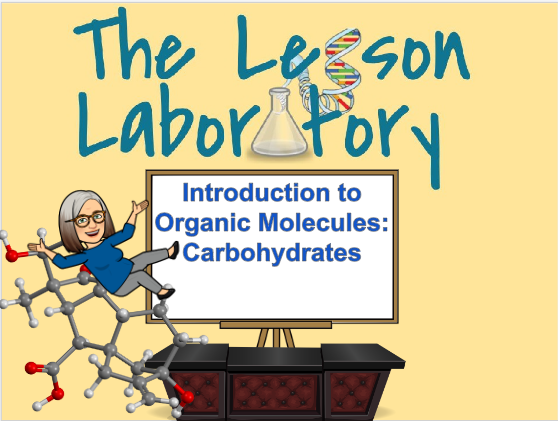
$6.99
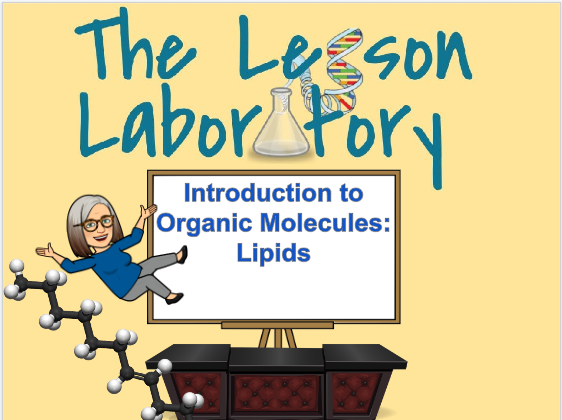
$6.99

$6.99

$6.99
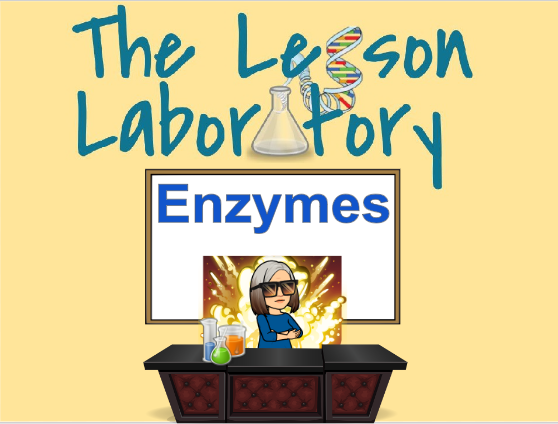
$8.99
Free

$8.99

$14.99
Similar items

$3.00

$2.00

$3.00

$3.00

$7.50

$24.80

$3.50

$4.00




